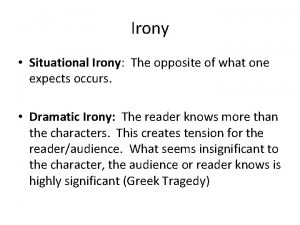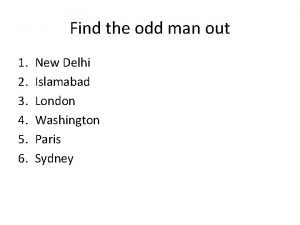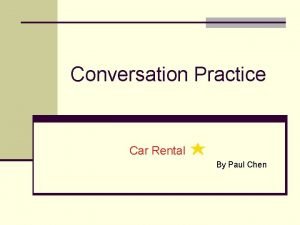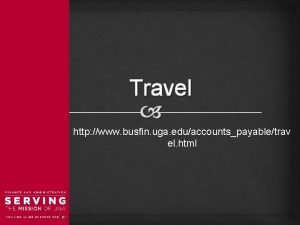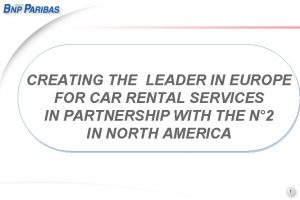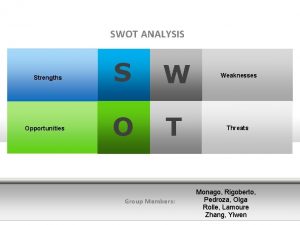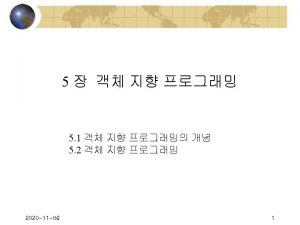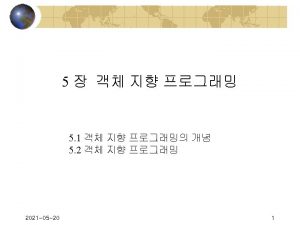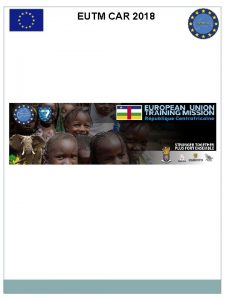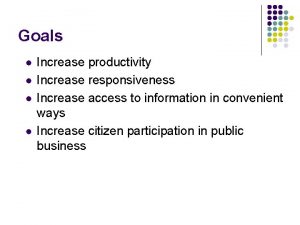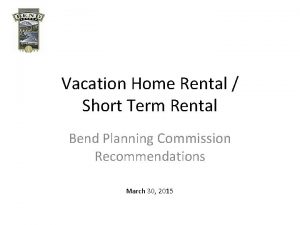Insignificant Revenue Increase US car rental revenue increased










- Slides: 10


Insignificant Revenue Increase § US car rental revenue increased during 2017, but at a slow pace, totaling $28. 63 billion, a 0. 65% increase from 2016’s $28. 44 billion. § The number of vehicles in service has remained flat since 2015, at 2. 186 million. During 2017, there were a total of 19, 643 rental locations. § Enterprise Holdings (Enterprise, Alamo and National) retained its top position among US car rental companies, with $16. 2 billion in revenues and 6, 400 locations, compared to $6. 0 billion and 4, 000 locations for #2 Hertz (Dollar and Thrifty).

Mapping the Road Ahead § Rental car companies are planning to purchase fewer vehicles during 2018 than they did during 2017. Higher interest rates will increase the cost of fleet purchases. § Pricing increased during the second half of 2017, and that trend is expected to continue, driven by leisure travelers. Corporate pricing has remained flat, as a result of competition from ride-hailing apps, such as Uber and Lyft. § Companies are increasingly renting to ride-hailing drivers. During 2017, Hertz increased its dedicated ride-hailing fleet to 22, 000 units and expects to add more.

Biz Traveler Challenges § According to Certify’s 2017 Spend. Smart report, US companies spent 68% of their ground transportation volume on ride hailing, with 56% for Uber and 12% for Lyft. Taxis accounted for 7% and car rental lost 8% from 2016, for a 25% share. § Car-rental costs accounted for 5% of corporate travel and entertainment expenses during 2017, averaging $190. 37, after meals, 19%; fuel, 19%; airfare, 15%; miscellaneous, 15%; and hotel, 13%. § A National Car Rental State of Business Travel survey found 39% of frequent business travelers are members of a car rental loyalty program and 28% feel that mobile loyalty programs keep them more connected to their personal lives while traveling.

Vacation Travel Opportunities § Leisure traveler car rentals depend on the overall travel market. During 2017, US travel market spending totaled a record $353 billion and is forecasted to increase 5% during 2018, to $370 billion, due to more disposable income. § According to data from the US Travel Association, the Southeast (30%) and the Far West (28%) have the biggest shares of online travel searches, followed by the Mideast (14%) and Southwest (10%). § Almost 4 of 5 (79%) domestic trips are for leisure purposes. Top leisure travel activities for US domestic travelers are visiting relatives, shopping, visiting friends, fine dining and rural sightseeing. International travel to the US decreased 2. 4% during 2016.

Ride-Hailing Competition § Lyft has partnered with public transit agencies to provide service to and from train and bus stations. Some hotels are also offering free or low-cost car services. § In major cities, 21% of adults have personally used ridehailing services and an additional 9% have used them with friends. Among those 18– 29, it is 36%. Approximately 25% use them on a daily or weekly basis. § Overall, 29% use ride-hailing services in cities, compared to only 7% in the suburbs. Top reasons cited for using ridehailing services were to avoid the hassles of parking (37%) and to be safe after drinking (33%).

An Industry in Flux § Ride-hailing apps have made major inroads into business travel ground transportation. Car sharing, in which individuals rent their personal vehicles, is also gaining traction. Prices are approximately 30% less than traditional car rental. § Many would-be Uber or Lyft drivers do not own a car or do not want to use their personal vehicle for business. Dryve is a car-rental service that specializes in renting to ride-hailing drivers through a mobile app. Cars are picked up and dropped off in zones. § Drive On Demand is a service through which an individual uses a mobile app to choose from a list of cars at a car dealership to rent. Payment is made via the app, which will also guide the customer to the vehicle and unlock it.

Advertising Strategies § To engage vacation travelers, emphasize the flexibility and freedom of having your own car instead of waiting for ridehailing vehicles to arrive (for example, during bad weather). § Emphasize the additional value your employees can provide customers, explaining the best routes, popular destinations and local traffic laws. § Showcase any details that make the pick-up and drop-off process quicker and easier, especially for business travelers.

New Media Strategies § Partner with large, local auto repair shops, so customers can book both a repair appointment and rental car during the same online session. § Use electronic signature apps, such as Docu. Sign, for corporate customers to make it easier and more convenient for them to sign and return contracts. § Always monitor and respond to social media posts about your company. A quarter of renters post comments about their experience on social media and 77% expect a response from the company, a higher percentage than for hotels or airlines.

